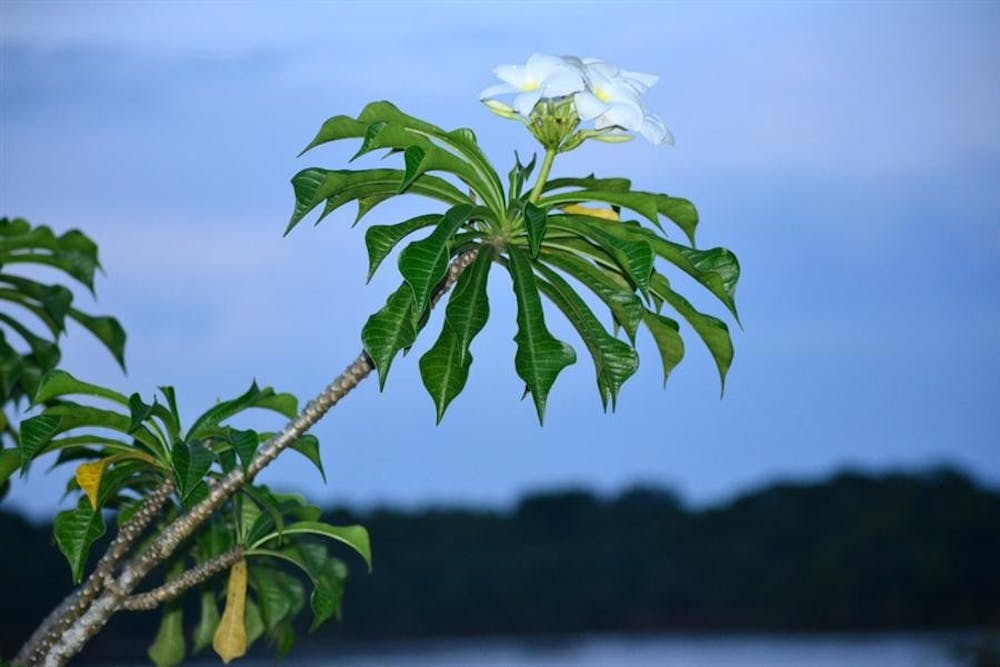I just spent four days in Brazil on two sides of the Amazon River, encompassed by nature in the Amazon rainforests and the shuffling Samba steps in the city of Manaus.
As I moved from one side to the other, I found myself rocking to two different rhythms.
The Amazon River is the blending of the Coca-Cola colored waters of the Rio Negro and the café-latté-colored waters of the Solimos river, flowing side by side at two separate speeds for four miles before combining into a chocolate brown. Just like the obvious parting of the waters, I found a noticeable change of pace on each side of the
Amazon.
In Amazonia, I traveled by canoe in the slow, steady yet powerful waters, scouting for caimans, fishing for piranhas and visiting the indigenous people in Acajatuba village. The villagers nurtured the natural environment, moving at the same peaceful pace of the river, using the rainforest’s resources in place of a supermarket, butcher, pharmacy, etc. Being swayed to sleep in a hammock with the authentic chirping and slithering sounds I had only previously heard on nature CDs, I felt an unforgettable source of tranquility and serenity encompassed in the green, luscious landscape.
Returning from such reflections in the Amazon to explore magical Manaus was a whole different cup of Brazilian coffee. I was given the last-minute opportunity to visit the Escola de Samba Aparecida, one of Manaus’s finest samba schools, where members spend all year practicing their routine to perform at Brazil’s largest annual celebration of Carnival.
Carnival is a Brazilian form of Mardi Gras that celebrates the days leading up to Lent. For the week of Carnival, the streets are smothered in celebration, and every Brazilian — regardless of social status, career, beliefs or the problems going on in his or her life — will put everything aside and celebrate authentic Brazilian culture.
Samba, the national dance and music genre of Brazil, is traditionally fast-paced and rhythmic, requiring quick, swift steps and a spot-on sense of rhythm. Wearing spectacular masks and embroidered costumes, party-goers disguise themselves, taking on different roles for the week in which everyone is equal and takes part in the fun.
With only a few weeks before the samba school heads to Rio to perform in Carnival, I was able to take part in a “rehearsal,” the most vibrant, exciting and extraordinary cultural celebration I have ever been in. Two hours passed faster than the feet of the samba dancers. The whole city seemed to come to a stop while hundreds of students armed with powerful percussion instruments followed the dancers and invited locals to join the fun.
The school participants took our hands, taught us the samba steps and even handed us their drums, allowing me to experience this exhilarating musical collaboration. Savoring a taste of the Carnival celebration while watching the electrifying feet of the samba dancers, I felt a whole different freedom through the rhythms on the other side of the Amazon River.
Like the two separate rivers, I encountered two diverse and distinct experiences in the rhythms characteristic of each side of the Amazon River. The two separate paces ultimately combined to create the proud, matchless, exciting culture of Brazil’s brilliant beat.
— espitzer@indiana.edu
Column: Two rhythms, two sides of one beautiful Brazil

Get stories like this in your inbox
Subscribe





